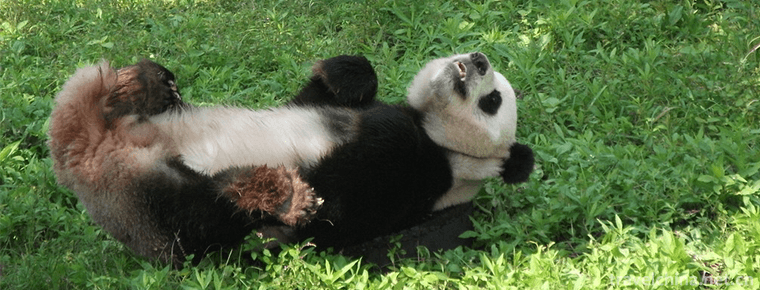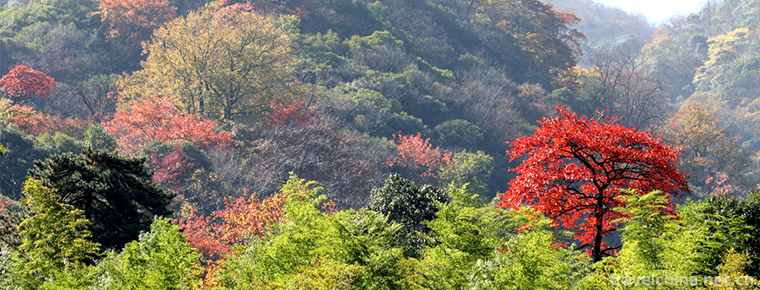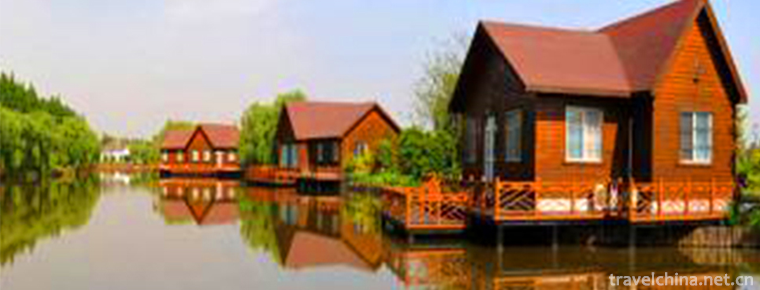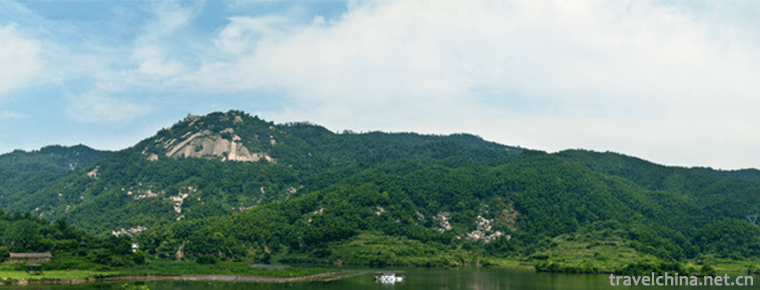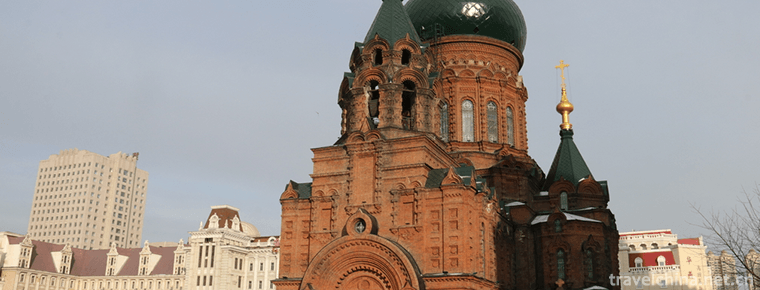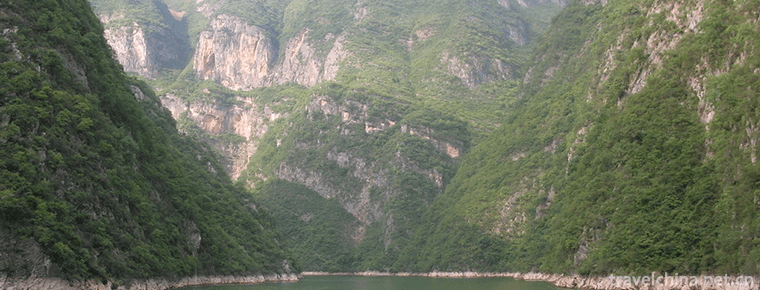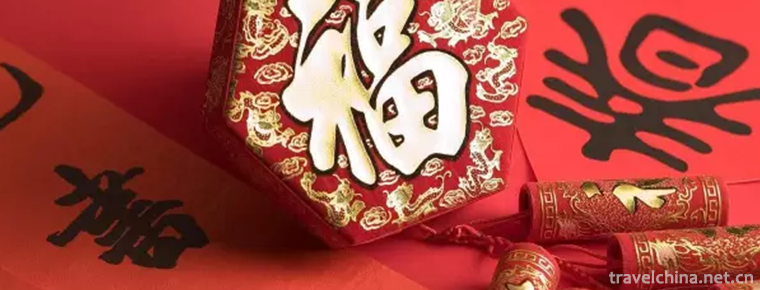century eggspreserved egg100years egg
Preserved egg, also known as preserved egg, egg, egg, egg, etc., is a traditional Chinese egg product. The main raw material is duck eggs. The palate is fresh, smooth, refreshing, salty, and has unique flavor. Preserved egg is not only popular among consumers in China, but also enjoys a high reputation in the international market.
After special processing methods, pine eggs will become dark and bright, there are white patterns on it, smell a special fragrance comes to the nose, is one of the people's favorite delicacies.
Preserved egg is not only a delicacy, but also has certain medicinal value. Wang Shixiong said in his Dietary Recipe for Living with Rest: "The skin egg is pungent, astringent, sweet and salty, which can purge heat, sober up wine, go to large intestine fire, treat diarrhea, disperse and restrain dysentery." Chinese medicine believes that preserved eggs are cool, which can cure eye pain, toothache, high blood pressure, tinnitus, vertigo and other diseases.
The traditional method of making pine eggs is almost always used by the traditional Chinese medicine Mituo monk, but the lead content in the skin eggs is daunting. People have developed a method of eating lead-free skin eggs. People who love skin eggs need not worry about lead poisoning.
Weishan Lake brand pine egg, according to historical records since the early Ming Dynasty has more than 500 years of history, but also an important source of pine egg.
Weishan Lake's preserved eggs are spreading all over the country, and they are constantly developing. In the 1920s, Jin Zaixing, a townsman, opened a salted egg label called Jiuchang, which produced pine eggs in two different ways: Lake color and Beijing color, especially the latter. "Jing Cai" is also known as "preserved egg". When making, the duck eggs are soaked in alkali, salt, tea, mulberry ash, dense monk (lead monoxide) and other ingredients. After 20 days or so, the duck eggs are picked up, wrapped in brine with dry mud powder, and then rolled on chaff. This egg shell, covered with patterns, cut into three different colors, the outer ring black crystalline lump, the middle ring slightly yellow, soft, golden inner ring, for the fused sugar-like, known as "sugar-core egg". This kind of pine egg not only has good color, but also tastes refreshing, cool, no astringent taste, no spicy taste. It is really a delicacy for wine and porridge. It sells well all around Jiangsu, Zhejiang and Shanghai, and is also exported to Southeast Asia.
The tradition of producing pine eggs is maintained in Tanghua Village, Heilong Village and Friendship Village of Batuo Community, Songling Town, near Weishan Lake Town. The area is close to the Weishan Lake and has the tradition of stocking waterfowl and processing egg products for nearly a hundred years. In recent years, the introduction of new technologies and new technologies has injected new vitality into old industries.
In these villages (including Songling Town Egg Market), 268 families processed eggs. In 2006, more than 300 million eggs were processed and sold to Jiangsu, Anhui, Shanxi, Shandong, Inner Mongolia and Northeast China.
How did the pine flowers grow on the eggs? In fact, it was produced by a chemical reaction.
The main chemical constituent of protein is a protein. When eggs are placed for a long time, some proteins in the protein will be broken down into amino acids. Amino acids have a basic amino-NH2 and an acidic carboxyl-COOH chemical structure, so they can interact with both acidic and basic substances. So when people make pine eggs, they add some alkaline substances to the mud, such as lime, potassium carbonate, sodium carbonate and so on. They pass through the pores on the eggshells and combine with amino acids to form amino acid salts. These amino acid salts are insoluble in proteins, so they crystallize in a certain geometry and form beautiful pine blossoms.
In addition, because a lot of protein in the yolk of pine eggs is broken down into amino acids, the yolk of pine eggs tastes much more fresh than that of ordinary eggs. Some pine eggs smell of ammonia because of amino acid decomposition and other complex reactions to produce ammonia, it is recommended to eat pine eggs, add some vinegar, vinegar sterilization, but also neutralize a part of the alkaline pine eggs, eat more flavor.
The eggs are spicy, astringent, sweet, salty and cold, and enter the stomach meridian.
It has the functions of moistening throat, removing heat, sobering up wine, removing large intestine fire and reducing diarrhea.
If mixed with vinegar, it can clear away heat and inflammation, nourish the mind and nourish the body, and is used to treat periodontal disease, aphthous ulcer, dry throat and thirst.
Infants, spleen yang deficiency, cold wet diarrhea, cardiovascular disease, liver and kidney disease patients eat less.
Pine eggs contain lead, as many people know, so people buy lead-free pine eggs that can be safely eaten. In fact, lead free preserved eggs are also leaded, and adults can also be good for children or to eat less.
When processing pine eggs, it is necessary to mix soda ash, lime, salt and Huangdan powder in a certain proportion, and add mud and chaff to wrap them outside the duck eggs.
Two weeks later, the delicious eggs were made. Huangdan powder is lead oxide, has the effect of making eggs produce beautiful patterns, but with Huangdan powder, pine eggs will be polluted by lead. According to the state regulations, the lead content of every 1000 grams of pine eggs should not exceed 3 mg, which is also called lead-free pine eggs. Therefore, the "lead free preserved egg" does not mean that there is no lead, but that the lead content is lower than the national standard.
Chinese medicine believes that children's body is "young Yin Yang" body, metabolism is extremely strong. Trace amounts of lead in "lead-free" eggs are absorbed by children and can be retained in liver, lungs, kidneys, brain tissues and red blood cells, as well as calcium loss in bones and teeth. Frequent consumption of "lead-free loose eggs" can cause skeletal and dental dysplasia, loss of appetite, gastroenteritis, etc. in children, but also affect intellectual development.
Lead-free pine eggs are delicious and nutritious, but children are in the stage of vigorous physical development, the harmful reaction to lead is more obvious, or eat less is better.
It's hot in summer, and most people like to drink beer with pine eggs to boost their spirits, or salad eggs to reward their families and children. They may never have thought that pine eggs can also cause food poisoning.
According to the analysis of food experts, there are only 400-500 bacteria on the clean eggshell, while there are 140-400 million bacteria on the dirty eggshell. If these bacteria enter the eggs through the pores of the eggshell, eating such eggs will be poisoned. When choosing and purchasing pine eggs, we should pay attention to the fact that after peeling, the egg protein is dark brown transparent body, with a certain degree of toughness; and polluted pine eggs are light green, poor toughness, easy to loose, such pine eggs must not be eaten.
The bacteria that contaminate pine eggs are mainly Salmonella. When it enters the human body with pine eggs, it causes inflammation on the mesentery. After the fission of the bacteria, it produces highly toxic endotoxin, which leads to toxic symptoms.
Experiments have proved that Salmonella will die immediately at 100 C, after 5 minutes at 70 C and 15 - 30 minutes at 60 C. Therefore, when eating suspicious pine eggs, can be shelled eggs steamed at high temperature for about 5 minutes, after cooling can be safe to eat. The optimum temperature for the growth of Salmonella is between 20 and 37 degrees Celsius. The temperature in summer and autumn is just within this range. Therefore, people should pay special attention to preventing pine eggs poisoning.
Pine egg contains more minerals than duck egg, but fat and total calories are slightly decreased, it can stimulate the digestive organs, enhance appetite, promote nutrient digestion and absorption, neutralize stomach acid, cool, and lower blood pressure. It has the functions of moistening lung, nourishing yin and stopping bleeding, cooling intestines, stopping diarrhea and reducing blood pressure. In addition, preserved egg also has the function of protecting blood vessels.
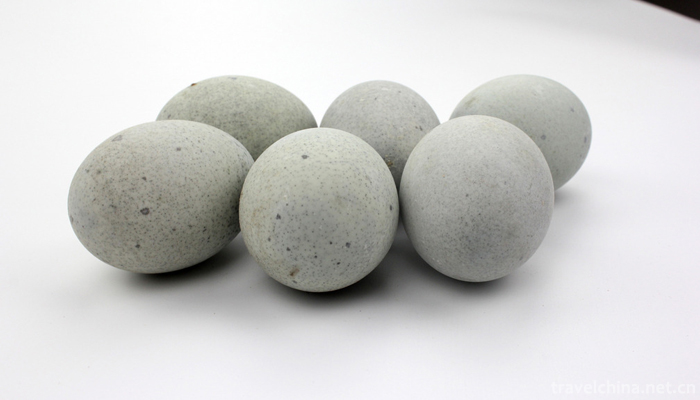
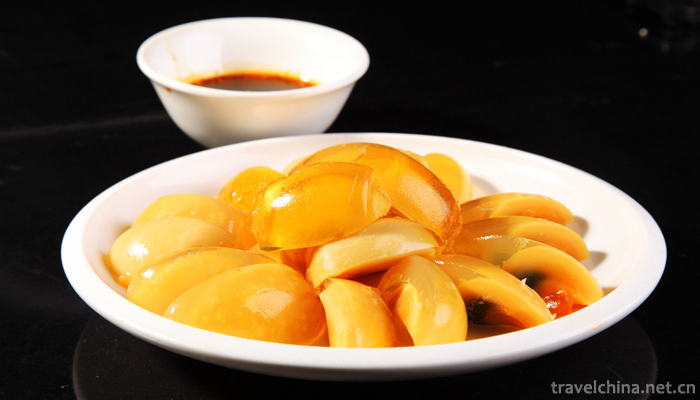
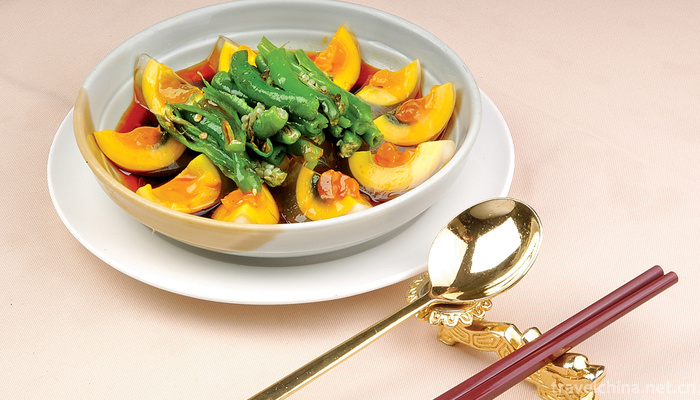
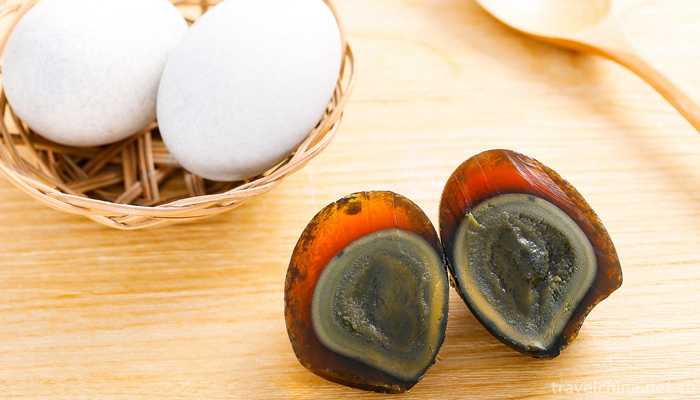
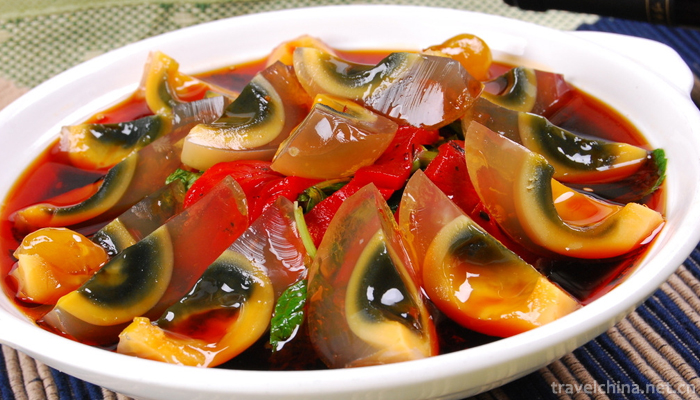
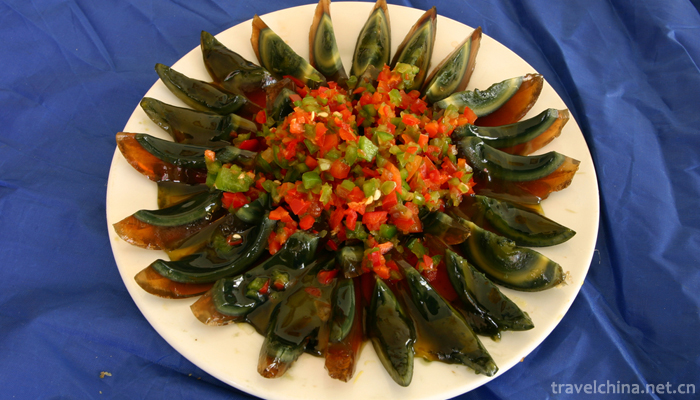
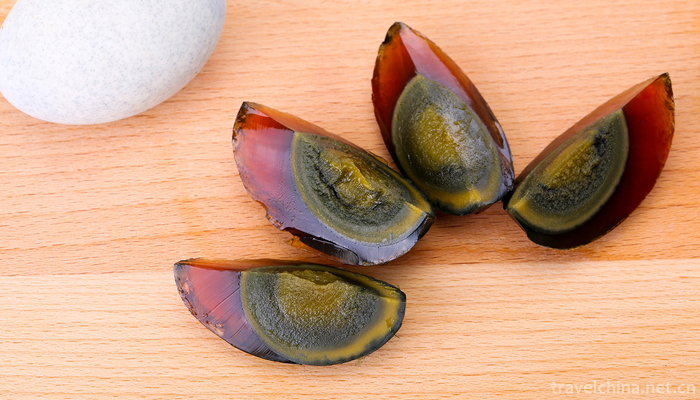

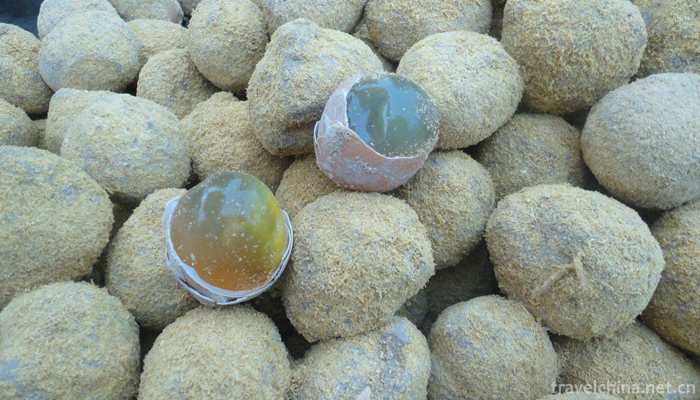
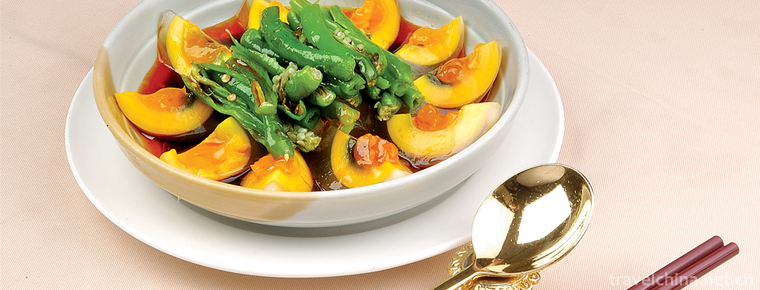
century eggspreserved egg100years egg
-
Mount Huangshan
Huangshan: World Cultural and Natural Heritage, World Geopark, National AAAAA Class Scenic Spot, National Scenic Spot, National Civilized Scenic Spot Demonstration Site, Top Ten Famous Mountains...
Views: 269 Time 2018-10-28 -
Shanghai Wildlife Park
Shanghai Wildlife Park, located at 178 Nanliu Highway, Pudong New Area, Shanghai, is the first National Wildlife Park in China built by the Shanghai Municipal People's Government and the State Forestr
Views: 161 Time 2018-12-19 -
Yunwushan Scenic Area
Yunwushan Scenic Spot is located in Paulownia Shop in the northwest of Huangpi District. It enjoys the reputation of "Xiling Resort Area, North Chu Famous Area, Beixi Border Barrier and Handizush
Views: 218 Time 2018-12-22 -
Liupanshan National Forest Park
Liupanshan National Forest Park is located in the center of the triangle formed by Xi'an, Yinchuan and Lanzhou. It is located in the south of Ningxia. It spans two counties and one district in Jingyua
Views: 154 Time 2018-12-24 -
Qianwei ecological village
Qianwei Village is located in the middle of Chongming Island, 23 kilometers away from Nanmen Port, close to Dongping Forest Park. Once a desolate and silent village, now it has both urban scenery and
Views: 309 Time 2018-12-26 -
Lion Peak in Meiling
Lion Peak in Meiling is a combination of Lion Peak, Panxi Lake and Wangshijian. The mountain is like a squatting lion, so it is called Lion Peak. Lion Peak in Meiling is only 260 meters
Views: 332 Time 2019-02-07 -
Saint Sophia Cathedral in Harbin
St. Sophia Church is located in Sophia Square, Daoli District, Harbin City, Heilongjiang Province, China. It is a Byzantine-style Orthodox Church built in 1907
Views: 202 Time 2019-02-08 -
Little Three Gorges
Wushan Xiaoxiao Three Gorges is the general name of Changtan Gorge, Qinwang Gorge and Sanzhuang Gorge on Madu River, a tributary of Dicuixia of Daning River. Wushan Xiaoxiao Three Gorges is known as t
Views: 201 Time 2019-02-25 -
Sintering Techniques of Chengcheng Yaotou Ceramics
Yaotou Ceramic Firing Skill in Chengcheng, a traditional handicraft in Yaotou Town, Chengcheng County, east of Guanzhong, Shaanxi Province, is one of the national intangible cultural heritages.
Views: 202 Time 2019-04-18 -
Uygur Dastan
Uygur Dastan is a kind of Uygur singing and playing music. It is a kind of long narrative poem with rap and singing. It is a long poem with complete stories and characters. It is a folk art form with
Views: 148 Time 2019-06-26 -
Couplet Custom
Couplet is a couplet inscribed on the pillar of the couplet, also refers to the couplet, is a unique form of literature and art in China. The custom of couplets originated from the dual phenomenon of
Views: 213 Time 2019-07-14 -
Natural resources of Panzhihua
Panzhihua is rich in hydropower resources, with theoretical reserves of more than 6.879 million kilowatts and exploitable capacity of 5.994 million kilowatts. The distribution of hydropower resources in Panzhihua area is concentrated, mainly distributed in the Jinsha River and Yalong River, as well as the tributaries of Anning River, Yongxing River and Tengqiao river.
Views: 308 Time 2020-12-14

